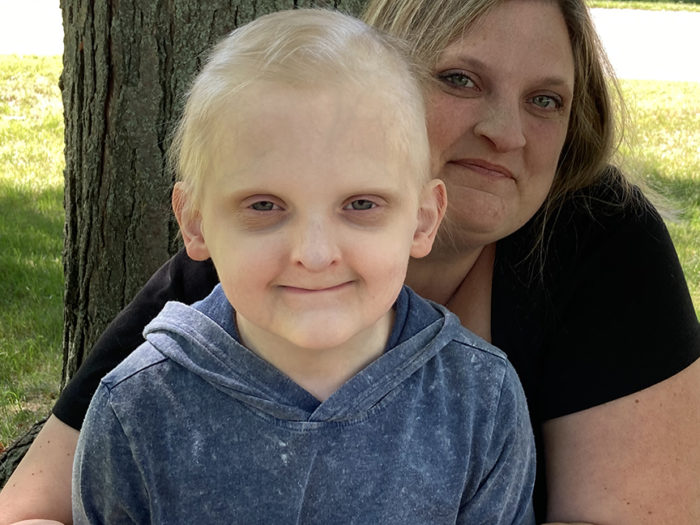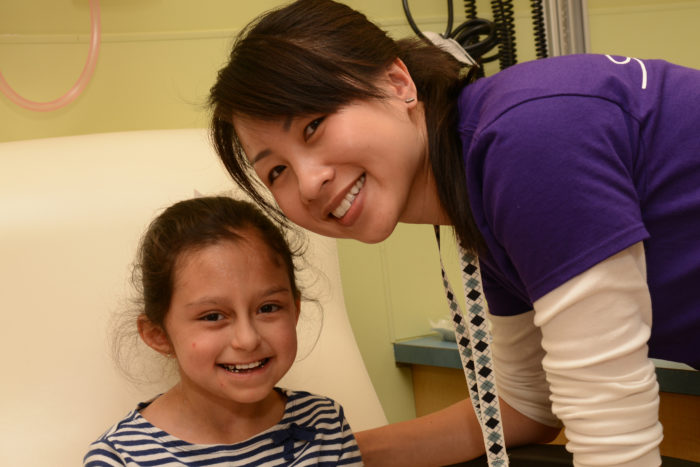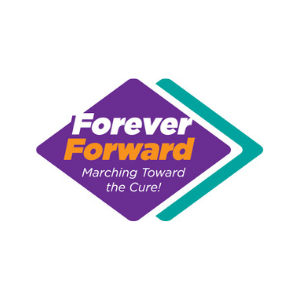Even the tallest mountains can be scaled with enough small but purposeful steps Forever Forward. But not without decades of careful study, testing, steps forward, steps back, and the love and devotion of parents, families and you!
It began with a giant leap of faith…a dream of what might be!
In 1989, a very young nonprofit organization made the scary decision to use a significant portion of its limited resources to fund a study to identify and better understand the gene responsible for causing x-linked hypohidrotic ectodermal dysplasia (XLHED).
Now, 31 years and 118 research studies later, an in-utero XLHED protein replacement procedure is on the verge of becoming a recognized, life-saving breakthrough treatment in the United States and around the world in 2021. And that’s just one example.
Will you march with us?

You are an important partner as we march toward breakthrough treatments and potential cures for each type of ectodermal dysplasia. Will you help us support these important life-changing human needs?
- Working Sweat Glands and Teeth – Our XLHED project is showing us the incredible promise of in-utero replacement of missing structural proteins with their synthetic counterparts. When done at precisely the right time, this can support appropriate ectodermal structural development. We hope that this breakthrough technique might open doors for other ectodermal dysplasias.
- Healthy, New Skin – With support from the NFED, Drs. Maranke I. Koster and Peter J. Koch made an important discovery regarding skin and eye abnormalities in patients with anykyloblepharon-ectodermal defects-clefting (AEC) syndrome and ectrodactyly-ectodermal dysplasia-clefting (EEC) syndrome. Using a cellular tissue growth technique, they are hoping to harness each AEC and EEC patient’s own stem cells to generate new, healthy skin tissue for that patient, theoretically preventing tissue rejection and fostering more permanent skin.
- Eye Health for a Lifetime – Similarly, Dr. Koster hopes that the cellular tissue growth technique might eventually be used to prevent corneal abrasions in the eyes of p63 patients.
- Family Guidance and Assistance — We will strive to provide support to our individuals and families, such as access to genetic testing, access to key clinical trials in the United States and abroad, diagnostic guidelines for Goltz patients, treatment and care protocols developed during our research conferences such as skin care recommendations for p63 patients, and much more.
- Wider, Consistent Knowledge – We continue our ongoing goal to identify the many yet unknown forms of ectodermal dysplasia. Individuals and families tell us how frustrating it is to not have a diagnosis – and the importance of being able to name their condition and more confidently manage and take control of their health – and of their future.
- International Research Conference – In 2021, the NFED is planning to hold its largest international conference in the United States. There, we will discuss recent discoveries, new treatment ideas, and current projects. We will explore cutting-edge research, present state of the art treatments, and explore the NFED research agenda for the next 10 years.
- Research Needed for Incontinentia Pigmenti — IP can be devastating; some of the most serious challenges include major structural and developmental impact to the eyes and neurological system. Diagnosis is important but challenging. We must advance early diagnosis, treatments and cures so babies affected with this syndrome can live long and healthy lives.

Ever wonder what it takes to achieve a breakthrough?
It takes you!
Thank you for investing in ectodermal dysplasias research projects – thank you for investing in the gift of hope!
Donate to Research Now Read NFED Research Brochure